Have you ever found yourself wondering whether time travel is possible or not? If so, you are not alone. Just like you, many other people are thinking about the same thing. With this unanswered question, the mystery of this world gets deeper, and we get one step away from knowing the truth.
Well, we don’t believe this theory entirely. But a few incidences have happened in the past, which made us wonder if time travel is possible. If you search the crazy time travel stories on the internet, you will come across many. But most of them are hard to believe.
These stories include tales of a novel written years before seemingly predicted a tale of cannibalism. Or how two different, otherwise perfectly good guns both misfire on the same day – for the same person. It’s totally up to you whether you want to believe them or not.
To help you get a clear idea of time travel, we have featured some interesting stories. Scroll down to read them.
Leonardo Da Vinci Seemed To Invent Many Devices Hundreds Of Years Before They Took Off

Leonardo da Vinci is famous for the artistic masterpieces he left behind, done via drawing, painting, and sculpting. But he seemed to work just as well with the left side of his brain as he did with the creative right, also being knowledgeable in architecture, chemistry, metallurgy, and more. And da Vinci was the founding brain behind many of the inventions we have today.
For instance, he was trying to create ways for humans to take to the skies long before the Wright brothers did so. Although no working model was ever found, da Vinci did devise a type of flying machine, modeled after the flight of birds. According to his design, a man could stay aloft by being strapped into a set of wooden wings and flapping them. He also left behind several designs for what we would today call human gliders, and came up with the predecessor to the modern helicopter with his “aerial screw.”
Da Vinci also invented what became one of the first parachutes – a device made of wooden poles covered by a cloth, fashioned into a pyramid-type shape. It would be another 300 years or so before a workable parachute was invented. Nearly five centuries later, da Vinci’s original parachute design was tested – and it was successful.
He also designed (but never created) what many consider the first machine gun. The original armor-covered tank was also predated by da Vinci, with his design for a metal-covered wagon with openings for men to shoot from. He even designed a robotic knight, which a roboticist at NASA built hundreds of years later.
And while he had some out-there ideas and incredible designs, da Vinci can also be credited with inventing some of our favorite everyday items. Scissors and diving suits were invented by the artist, along with the machine to make screws. He also built some of the earliest odometers, which helped him measure distance and make incredibly accurate military maps.
A Novel Predicted The Sinking Of The ‘Titanic’ 14 Years Ahead Of Time
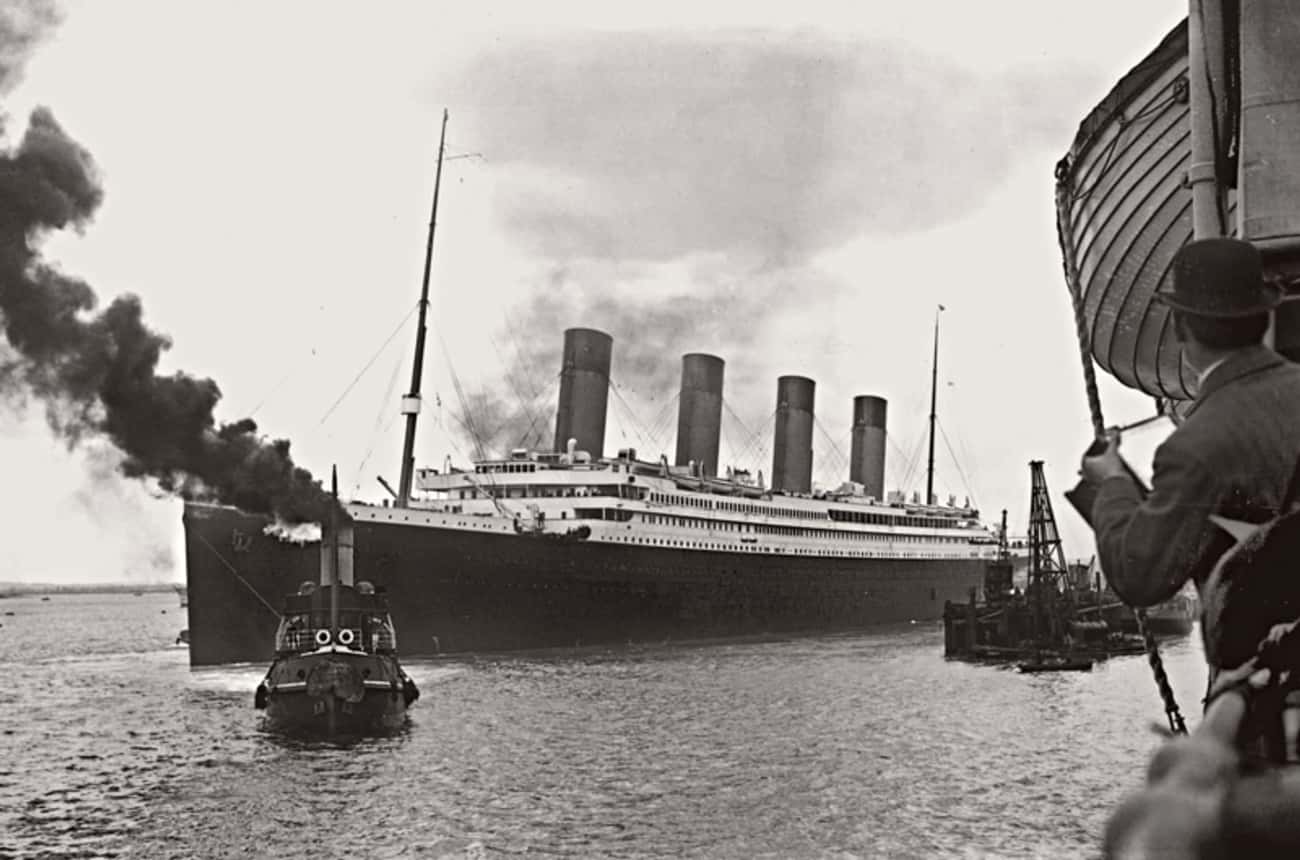
The Titanic was never supposed to sink. Even more unlikely is the fact that a novel written 14 years earlier featured the sinking of the world’s largest, supposedly unsinkable passenger ship.
American author Morgan Robertson first published Futility, or The Wreck of the Titan in 1898, a tale about the Titan, the world’s largest passenger ship ever to cruise the seas. However, on its maiden voyage, it hits an iceberg and sinks in the North Atlantic. Many of the passengers perish due to a shortage of lifeboats.
Fourteen years later, the Titanic passenger ship was ready to set sail on its maiden voyage, from Southampton, England, to New York City. Just like the similarly named boat in Robertson’s novel, the Titanic met its fate with an iceberg in the frigid waters of the Atlantic Ocean. As is well known, a majority of the passengers lost their lives because lifeboats were in short supply.
Edgar Allan Poe’s Only Completed Novel Predicted A Shipwreck More Than 40 Years In The Future
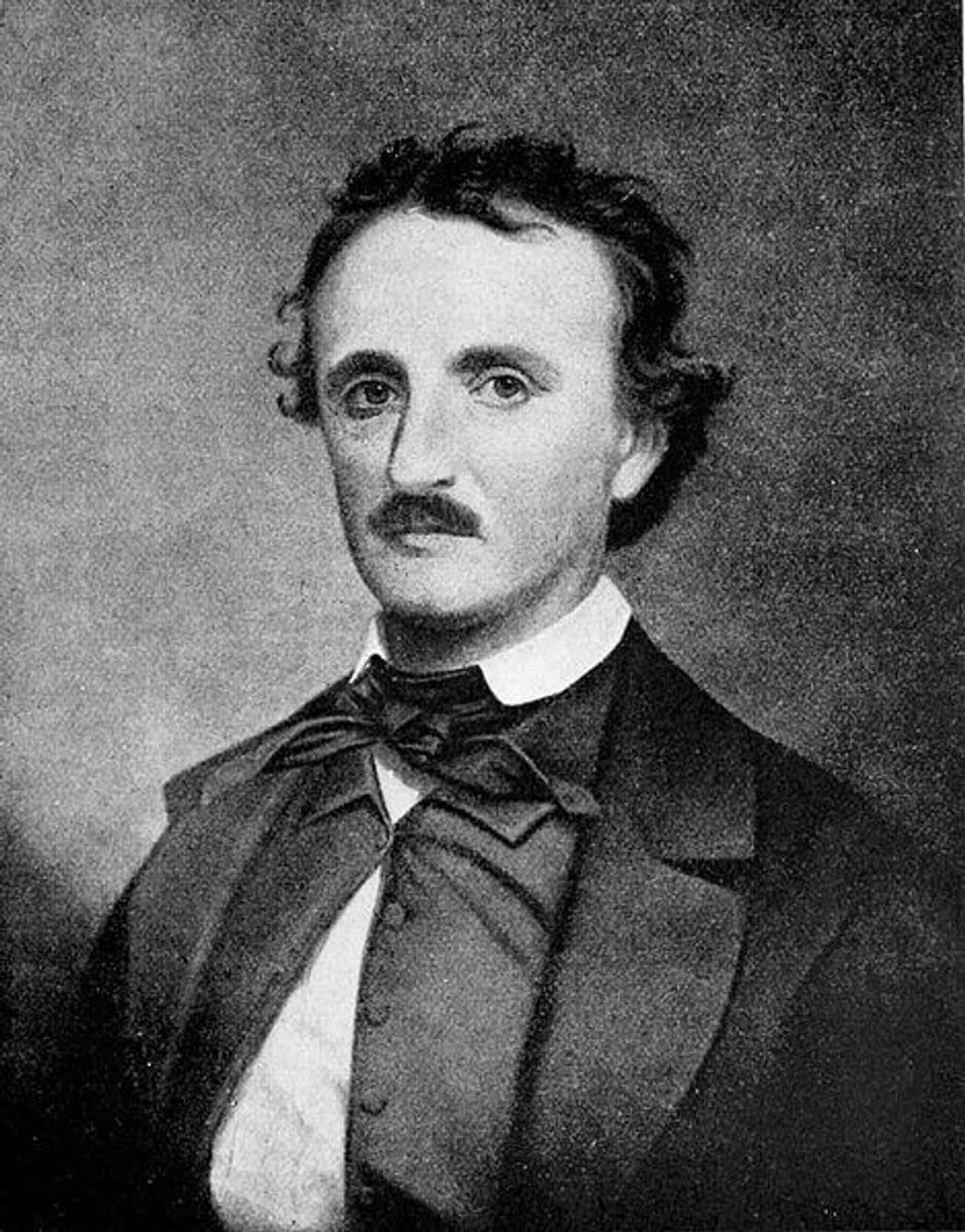
In 1838, Edgar Allan Poe published his first and only full-length novel, The Narrative of Arthur Gordon Pym of Nantucket, which follows a young boy named Arthur Pym. Along with his friend Augustus, Pym stows away on a whaling ship. While hidden, the boys witness a mutiny. When most everyone else is dead, they then team up with a few of the mutineers to commandeer the ship.
Soon, however, the four sailors realize they are out of provisions and become quite hungry. Water is scarce and all they have to eat for some time is sea turtle meat. They draw straws to decide who should be sacrificed so the others may have something to eat. A man named Richard Parker draws the short straw.
Fast-forward 46 years and an eerie real-life coincidence happened at sea. Four men sailing from England to Australia had their yacht destroyed by a wave, and they were struggling to survive on their life raft. They captured a sea turtle for food and drank their own urine to stay alive. One of the men opted for seawater instead of urine and fell into a coma. The other three got increasingly hungry and drew straws to see who should be sacrificed so the others could meet their caloric needs.
Unfortunately for the unconscious cabin boy, his straw ended up being the shortest, so the others killed and ate him. The cabin boy’s name? Richard Parker.
Mendeleev Ordered The Periodic Table By Increasing Atomic Number Because Of A Dream
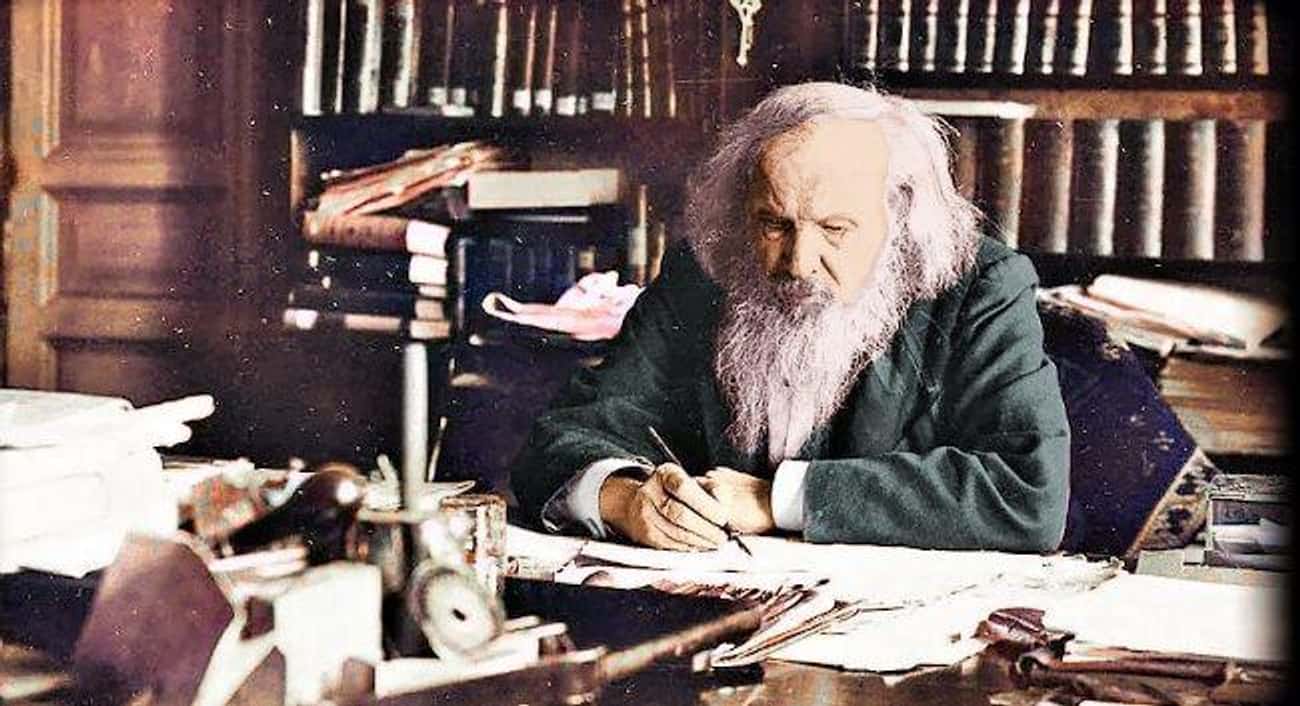
Dmitri Mendeleev is credited with organizing the periodic table of elements in the 19th century. At the time, there was no agreed-upon language for the elements already discovered, nor any clear organization of their properties. That’s where the Russian chemist stepped in. He arranged the elements into an organized ingredient list per se – what we now call the periodic table.
However, not all elements were discovered at the time Mendeleev was alive, and he knew that. So he intentionally left blank spaces for elements he knew must exist, but just hadn’t been discovered yet. He even correctly predicted their properties and atomic masses.
Mendeleev’s table organization was inspired in part by the game of solitaire. He wrote down all known elements on a set of cards, and for three days straight, without sleep, he worked at rearranging the cards in a seamless, sensible manner. Exhausted, he fell asleep while trying to solve the puzzle before him. While dozing, he had a dream that showed him exactly how the elements should be organized, and where spaces of missing elements should be. Upon awaking, he immediately transcribed what he saw in his dream, solving a mystery in chemistry and leaving us with the periodic table used (and expanded upon) worldwide ever since.
Stanislav Petrov Ignored Missile Warnings On Duty, Keeping The World From Entering Into Nuclear War
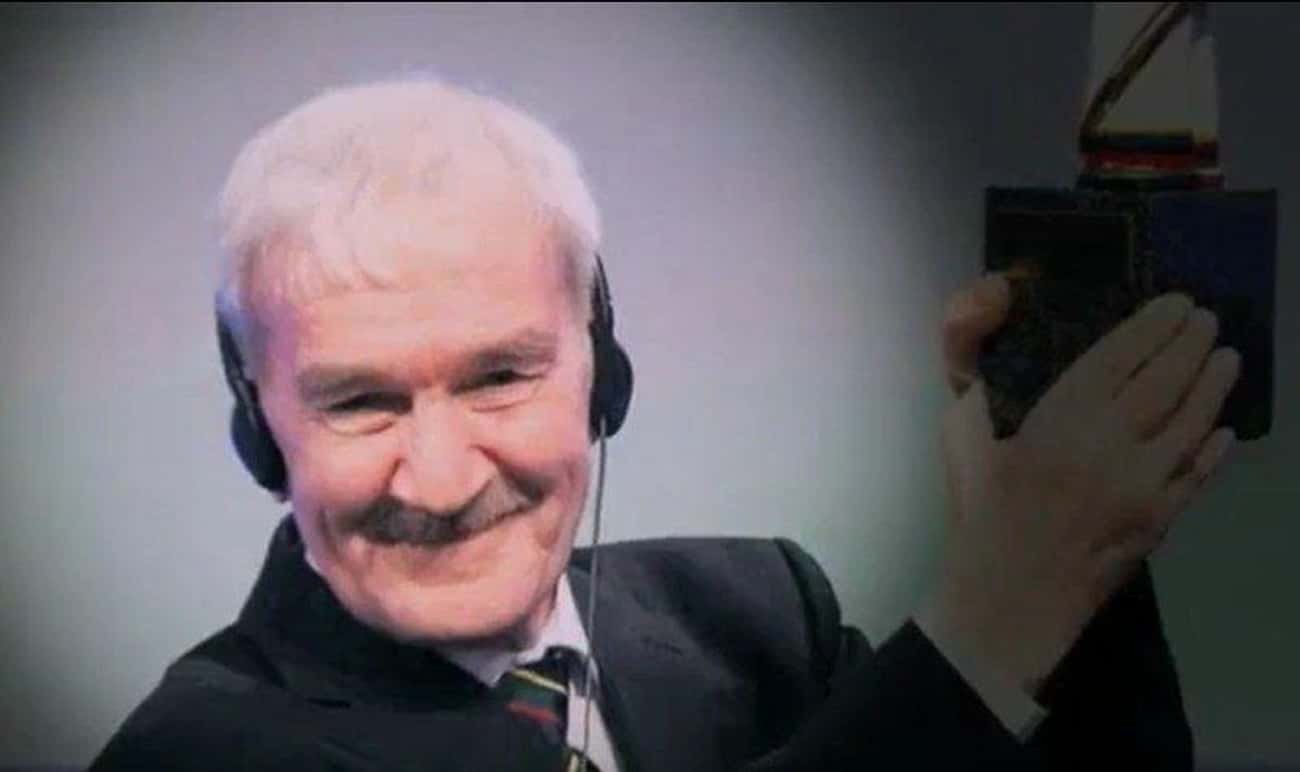
In the very early hours of a September morning in 1983, Stanislav Petrov was working the night shift. He was an IT specialist serving as a duty officer, tasked with informing his superiors of any incoming missile attacks. It was the height of the Cold War, and the Soviet Union was prepared to fire back if – or when – enemy missiles were ever detected.
On the night Petrov was on duty, the computers in from of him started blaring, alerting him to an incoming missile. The computers stated this was not a drill – the US had fired a missile, and his duty was to report it to his superiors immediately. The alarm went off again and again. Five missiles were headed toward the Soviet Union.
Yet Petrov didn’t act. He had his doubts. The alert was coming in too strong, and too suddenly. No one below him reported any such missiles. Instead, he waited a few minutes, then finally picked up the phone to call his superior. But instead of reporting an American attack, he reported a system malfunction.
Thinking back on that night, Petrov reflected on his intuitive decision: “Twenty-three minutes later I realized that nothing had happened. If there had been a real strike, then I would already know about it. It was such a relief.”
Fyodor Dostoevsky’s Death By Firing Squad Was Halted At The Last Second
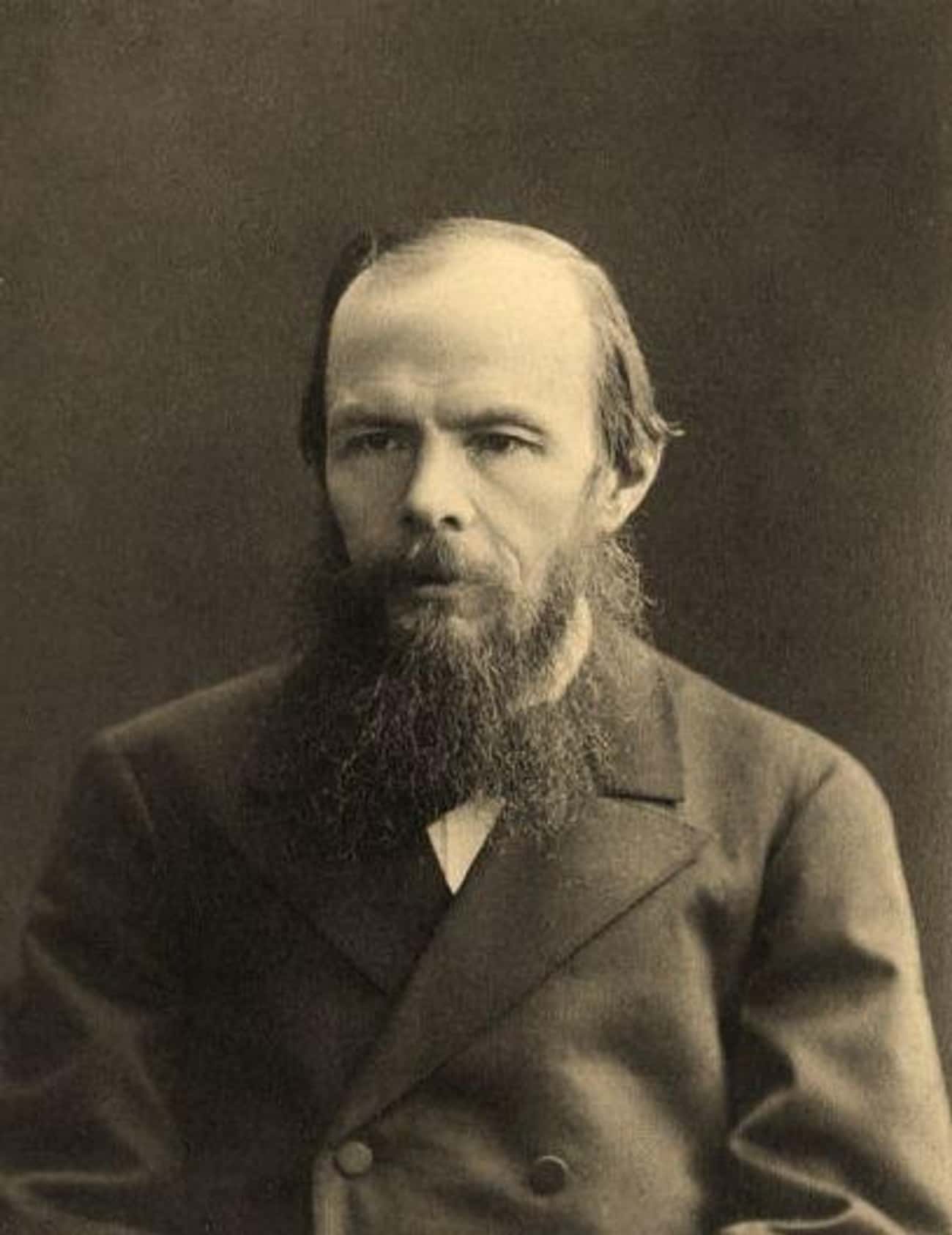
In 1849, a novice and barely published writer Fyodor Dostoevsky was found guilty of taking part in anti-government activities and sentenced to death for his alleged crime.
On December 22, Dostoevsky was marched in front of a firing squad to face his punishment. Standing in the cold of a Russian winter, he shivered, blindfolded, and waited for the shots to ring out. But, at the very last minute, he received a pardon.
He was instead sent to a work camp in Siberia for four years and then forced into the military. Despite his forced labor, Dostoevsky was able to resume his writing and even start his own magazine. He lived for another 32 years after his original death day. The world had come close to never knowing literary classics such as Crime and Punishment and The Idiot.
Andrew Jackson Survived An Assassination Attempt When Two Perfectly OK Guns Misfired
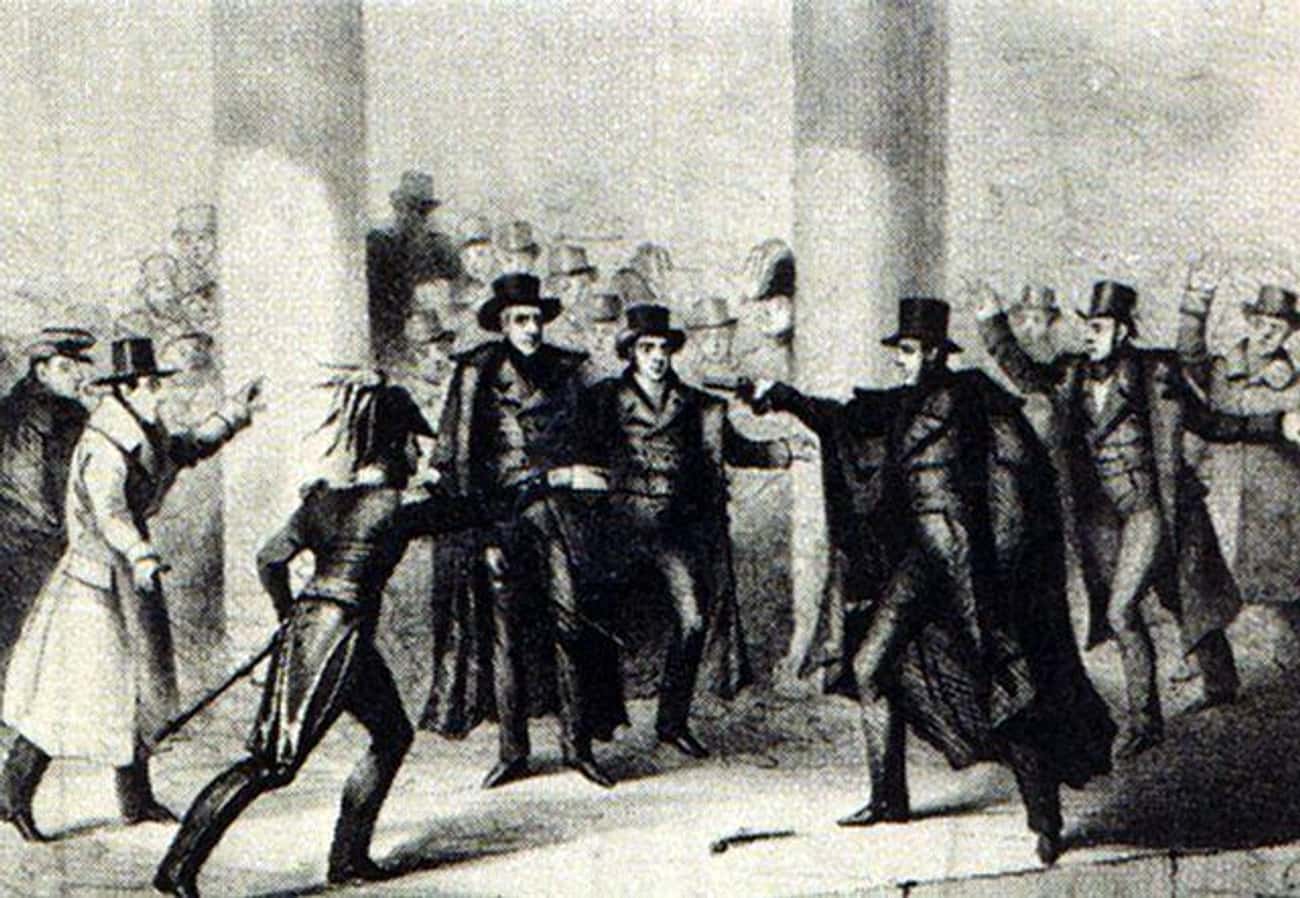
The first sitting US president to experience an assassination attempt, Andrew Jackson was luckier than lucky to have lived to tell the tale. Surviving one assassination attempt is fortunate; surviving two attempts on the same day is unbelievable. And that’s exactly what happened to the seventh president when he was 67 years old.
While Jackson was attending a funeral for a congressman inside the Capitol, unemployed house painter Richard Lawrence approached the president. He got one shot off, but the gun misfired. Jackson then angrily turned on Lawrence and began abusing him with his walking cane. Amid the scuffle, Lawrence pulled out a second gun. He fired a shot, and for the second time within minutes, the gun misfired.
A hundred years later, researchers at the Smithsonian Institution wanted to find out just how lucky Jackson had been that day. They fired both of Lawrence’s handguns. Both fired properly on the first attempt. It’s been stated that the odds of the two different guns both misfiring within that time frame were 1 in 125,000.
Vasili Arkhipov Stopped His Submarine From Starting Nuclear War
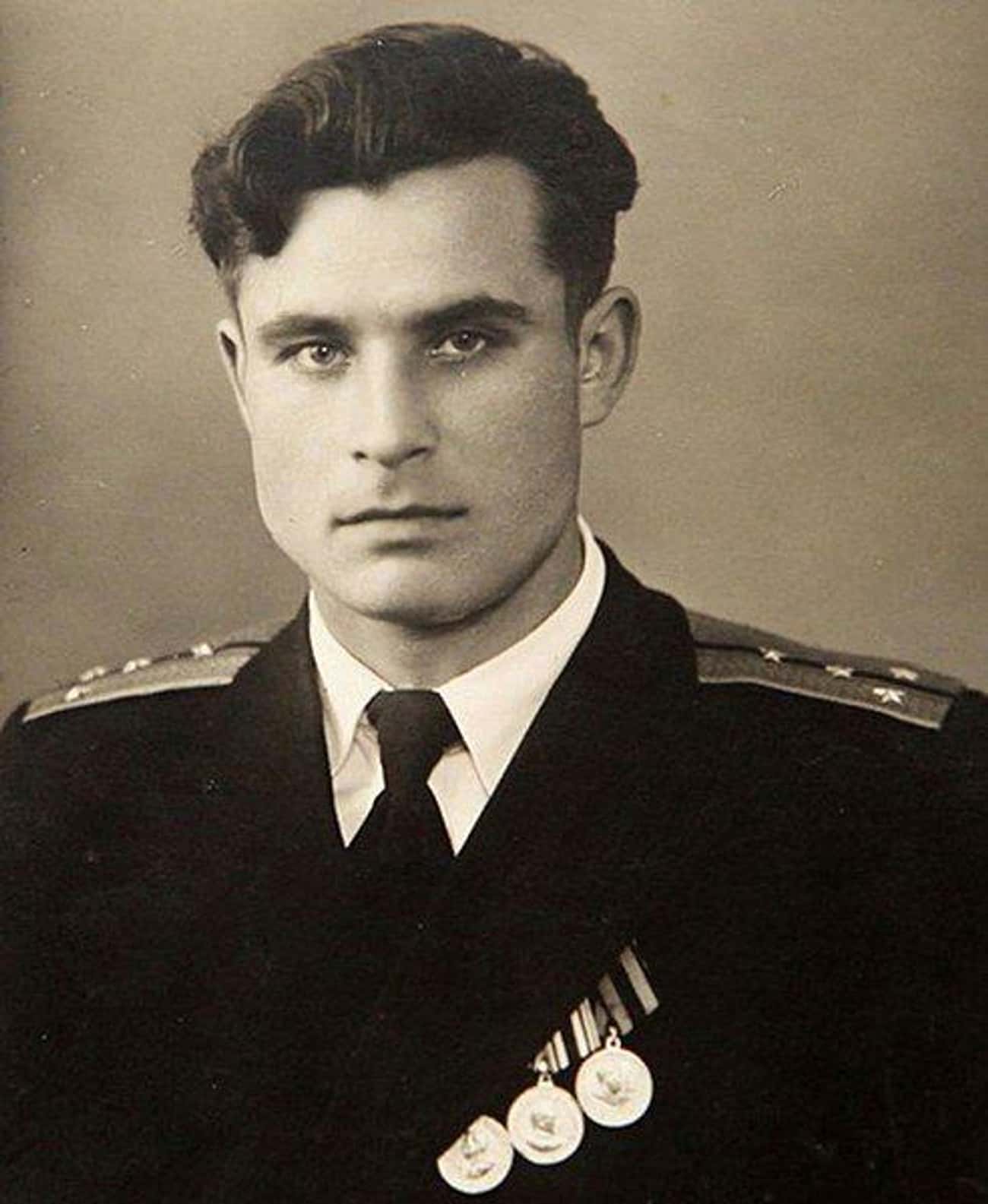
It’s October 1962, and the Cuban Missile Crisis is in full swing. A Soviet submarine is lying in Caribbean waters, rocking back and forth from American depth charges. The sub is also armed with a nuclear missile capable of taking out the entire American fleet surrounding it.
Shut off from communication with Moscow, with no option to surface, and undergoing constant attacks, the captain decides to give the order: launch the missile. However, for the missile to be armed, the consensus among the commanders was required. A young man named Vasili Arkhipov declined to give his support. Instead, he convinced the captain that the American depth charges were an attempt at communication, not a direct attack.
After a heated debate in which the details of what was actually said are disputed, the submarine did not ready the missile, and instead surfaced peacefully. After communicating with the American fleet, the Soviet submarine left the Caribbean and headed back to Moscow.
The Answer To Defeating German Magnetic Mines Fell Into The Lap Of The British In World War II
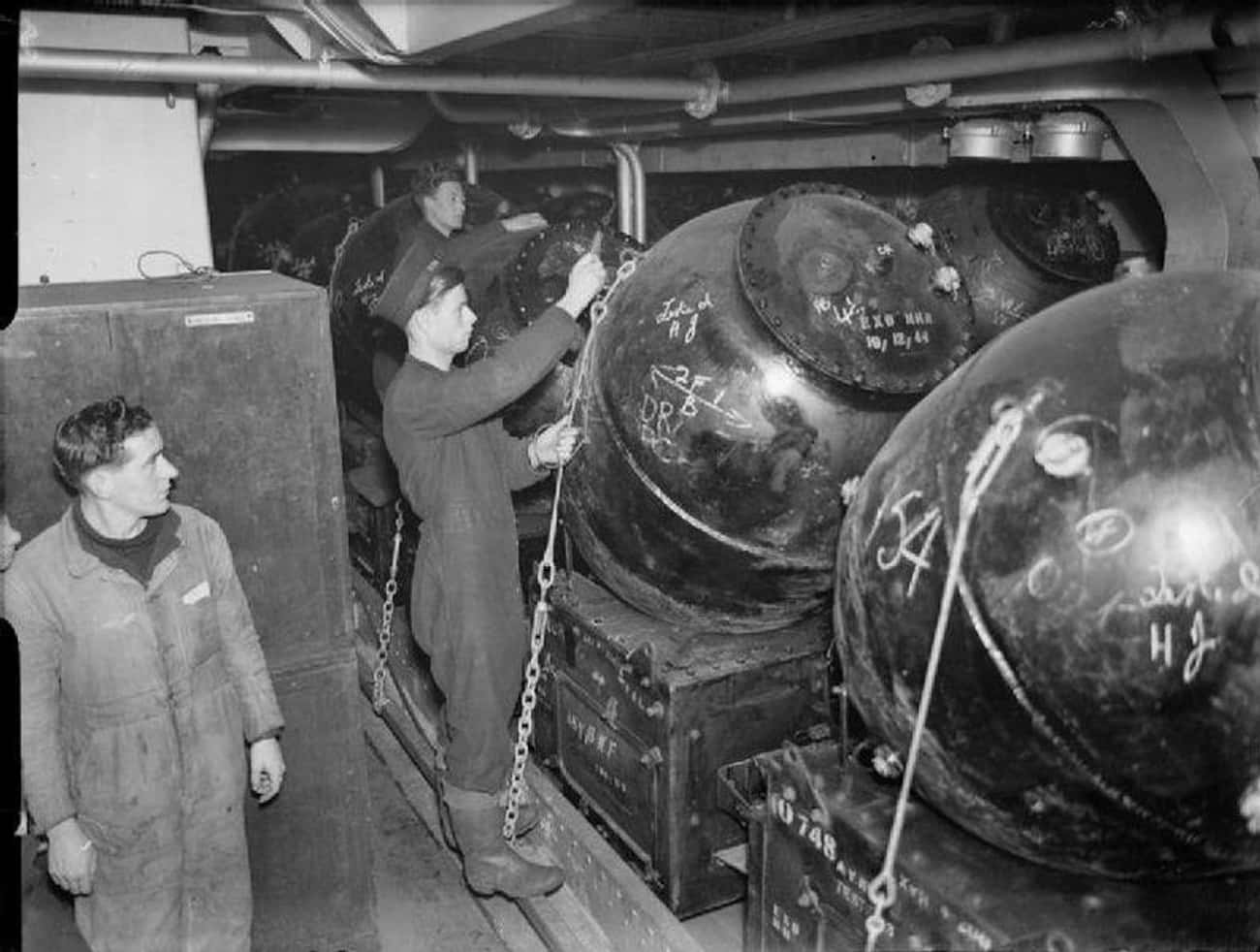
As in World War I, World War II featured heavy attacks on commercial and military vessels. Both Great Britain and Germany had been racing to make a more effective – and secretive – mine during WWI before the armistice. In WWII, it became clear that Germany had gained the advantage.
Germany had perfected the creation and execution of magnetic mines, which were nearly undetectable and almost equally destructive. The detonating mines were wreaking havoc on Britain’s war effort. But without a physical sample to inspect, Britain had no idea how to neutralize these mines and prevent future attacks.
And then one night, a German plane literally dropped the answer right into the heart of London. As the aircraft was being attacked, it released its cargo, and the cargo just so happened to be a magnetic mine. Experts in Britain immediately disassembled it to understand how it worked – and how they could prevent future mines from working. The Royal Air Force and Royal Navy then went to work minesweeping the seas, successfully disengaging hundreds of mines, and clearing the sea lanes for maritime travel once again.
Fidel Castro Evaded 600+ Assassination Attempts With Wild Coincidences
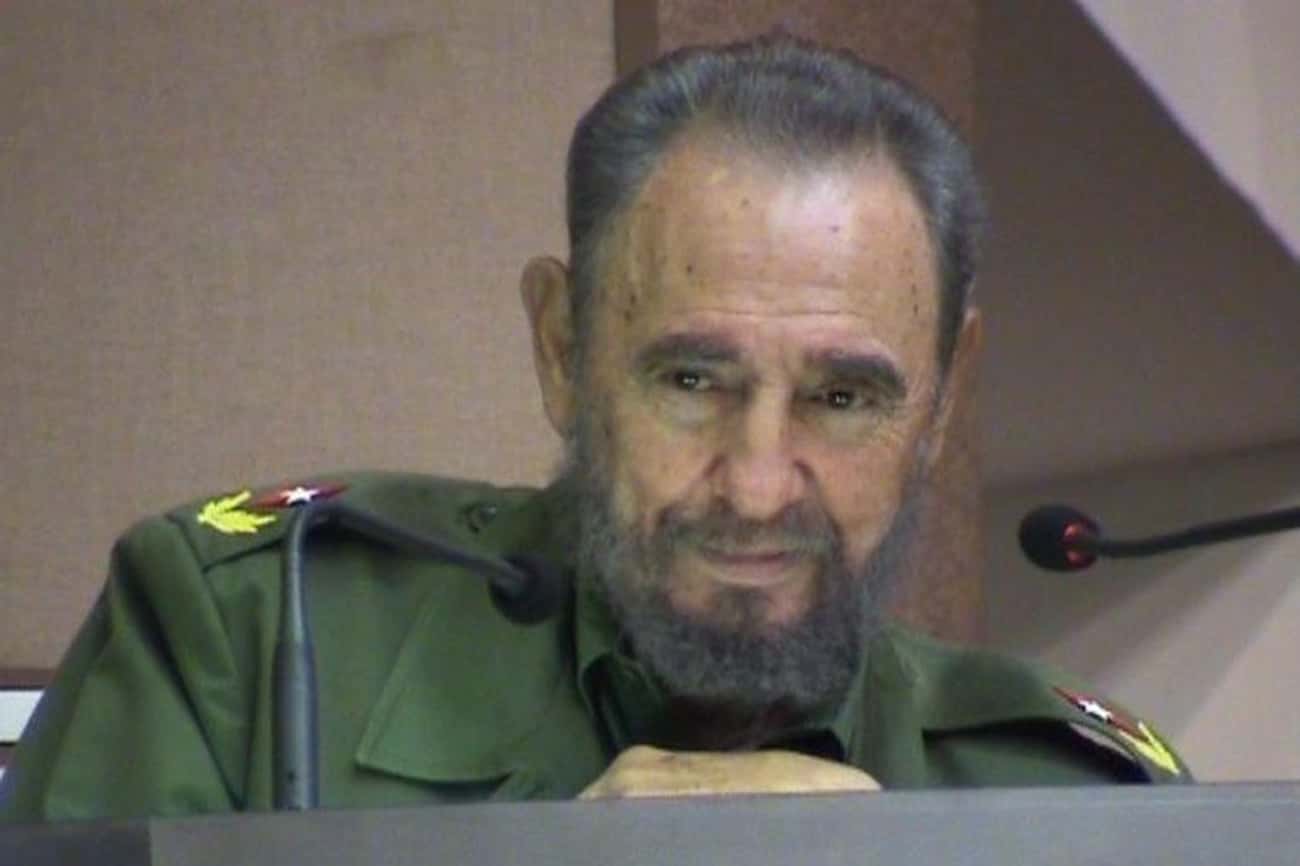
Fidel Castro held political power in Cuba for 49 years, officially relinquishing the presidency in 2008. During that time, he also faced and survived hundreds of attempts in his life. According to Cuban officials, there were more than 600 assassination attempts on Castro during his reign.
The plots were no secret or embarrassment to Castro. In fact, he would often tell inquiring reporters: “If surviving assassination attempts were an Olympic event, I would win the gold medal.”
The CIA and American Mafia teamed up for one of the failed attempts. A cyanide pill was supposed to go in Castro’s chocolate milkshake, but when the moment presented itself, the pill stuck to the freezer and broke open in the hands of the would-be assassin. The CIA next recruited one of Castro’s lovers to try another poison pill. But this time, the pills completely dissolved inside the face cream she was hiding them in.
Other attempts included a poisoned wetsuit, hiring individuals to shoot the man point-blank, and poisoned cigars that somehow never made it to Castro. The US even tried more discreet campaigns to simply disorient Castro in public and lessen his credibility. All to no avail.
Instead, Castro passed on natural causes at the age of 90.
A Wrong Turn By Franz Ferdinand’s Motorcade Led Him Straight To His Assassin
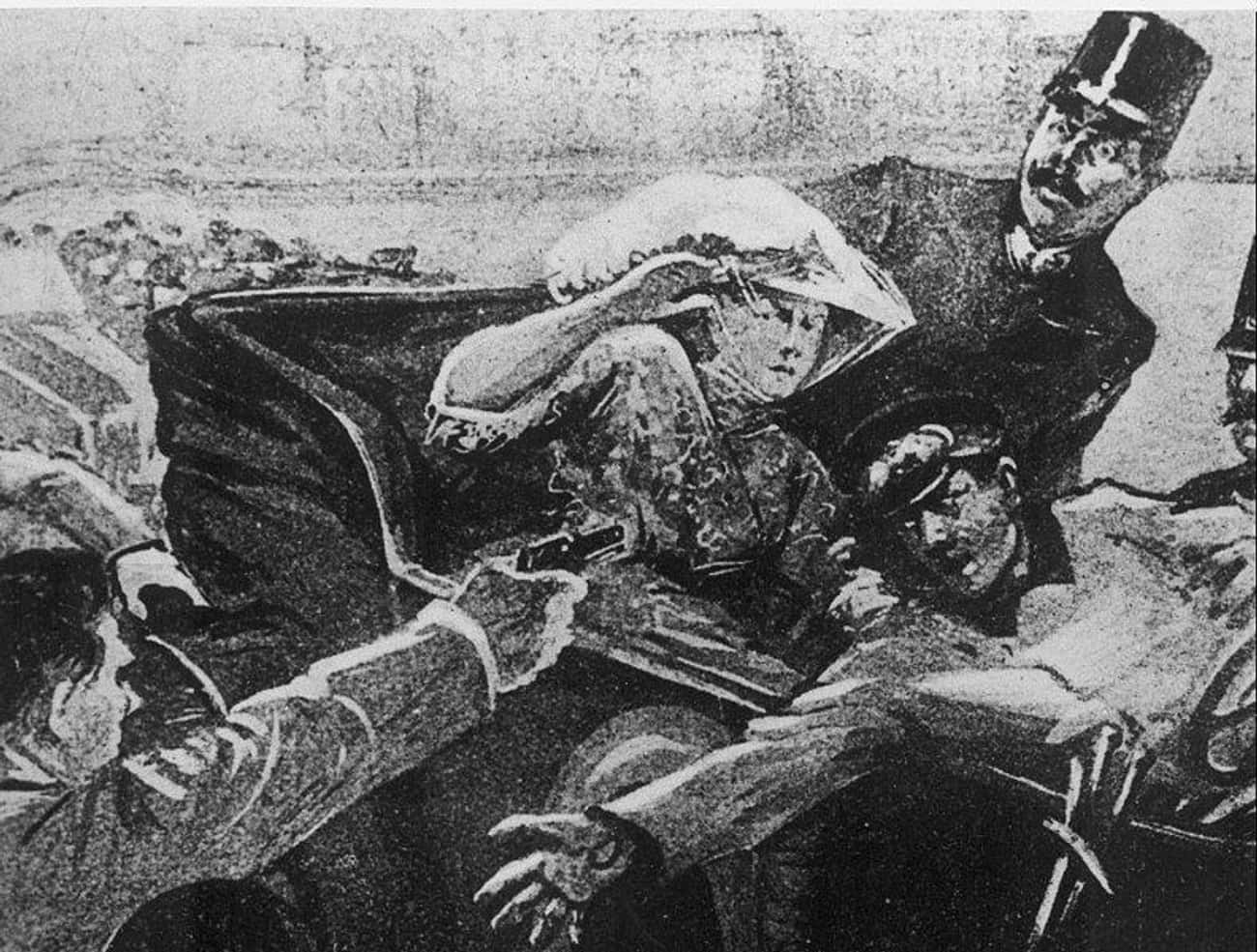
In 1914, the Austro-Hungarian Empire had recently annexed Bosnia-Herzegovina. The area was multicultural but had a majority of Serbians, who by and large opposed the annexation. That summer, Archduke Franz Ferdinand was attending a series of military exercises in the vicinity. A group of young revolutionaries, calling themselves the Young Serbs, learned of his scheduled arrival and began planning his assassination.
On their last day in town, Ferdinand and his wife Sophie were traveling to the city hall in Sarajevo, the capital city. Riding in an open-top car, Ferdinand thought he was surrounded by special service officers. Instead, there was only one such officer and three local police officers providing security. As his car traveled along the pre-published route, one of the Young Serbs threw a bomb at the vehicle. It bounced off and exploded far away from Ferdinand. At least two other Young Serbs saw the archduke but made no move.
It appeared that Ferdinand would make it home alive. However, when leaving city hall to pay a visit to patients at Sarajevo Hospital, the vehicles in the motorcade took a wrong turn. As they were attempting to back up to turn around, the archduke’s car stalled directly in front of a Young Serb named Gavrilo Princip, who promptly pulled out his gun and fired two shots at close range. Both Ferdinand and Sophie died within minutes.
Wilmer McLean Bookended The Civil War Despite Trying To Move Far Away From The Conflict
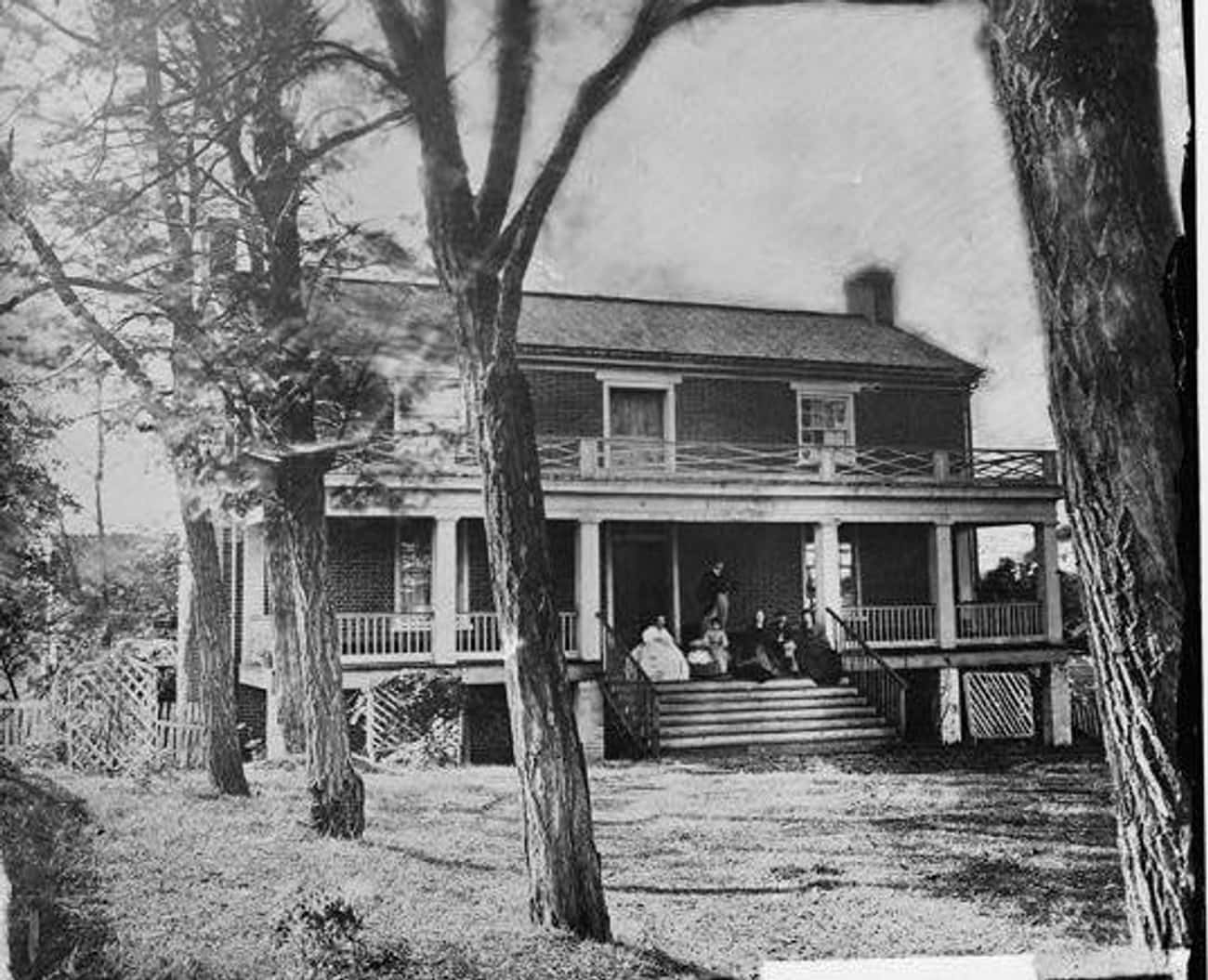
Wilmer McLean was a proud Virginian, former military man, and wholesale grocer. When the Civil War broke out, he willingly allowed the Confederate army to use his house in Manassas, VA. It functioned first as military headquarters as fighting broke out – even suffering a cannonball attack – and then as a hospital.
McLean had a front-row view of the Battle of Bull Run in 1861. But when his house became the center stage for the Second Battle of Bull Run, he knew it was time he and his pregnant wife moved. They relocated 100 miles away from the fighting, too far south to be involved in more of the war. At least, that was their thinking.
In 1865 McLean was approached by one of Robert E. Lee’s aides, asking if he knew of a good place where Lee and another general could meet. After trying to offer a broken-down barn, McLean begrudgingly gave Lee permission to use his home. And so, McLean’s abode in the village of Appomattox Court House became the site of the official end of the Civil War.
A Cleaning Lady Accidentally Activated A Deadly Gas Fire But Subway Workers Stopped It Before It Hurt Anyone

In 1995, Tokyo witnessed a series of deadly attacks inside its subway system. Sarin nerve gas was the agent in 11 separate locations that injured more than 5,000 people and killed 12. In May of that year, an even deadlier attack was planned, but fast-acting workers were able to prevent catastrophic damage.
The morning of May 5, amid the bustling subway station, a cleaning lady noticed two bags inside the men’s restroom. She moved them outside, intending to take them out with the rest of the trash. What she didn’t realize was that by moving the bags, she had started the beginning of a chemical reaction. One of the bags began to smoke and eventually burst into flames. Subway workers were quickly alerted and extinguished the flames.
The fire, it turned out, was more than an accident. The bags were not simply trash, but bags of chemicals – sodium cyanide and diluted sulfuric acid – intentionally left there to ignite. Had the fire spread to the second bag it would have created a chemical reaction resulting in a deadly cyanide explosion, likely killing upwards of 20,000 people.
The Confederate Push During The Civil War Was Only Stifled When A Confederate Soldier Misplaced His Plans For The Battle of Antietam
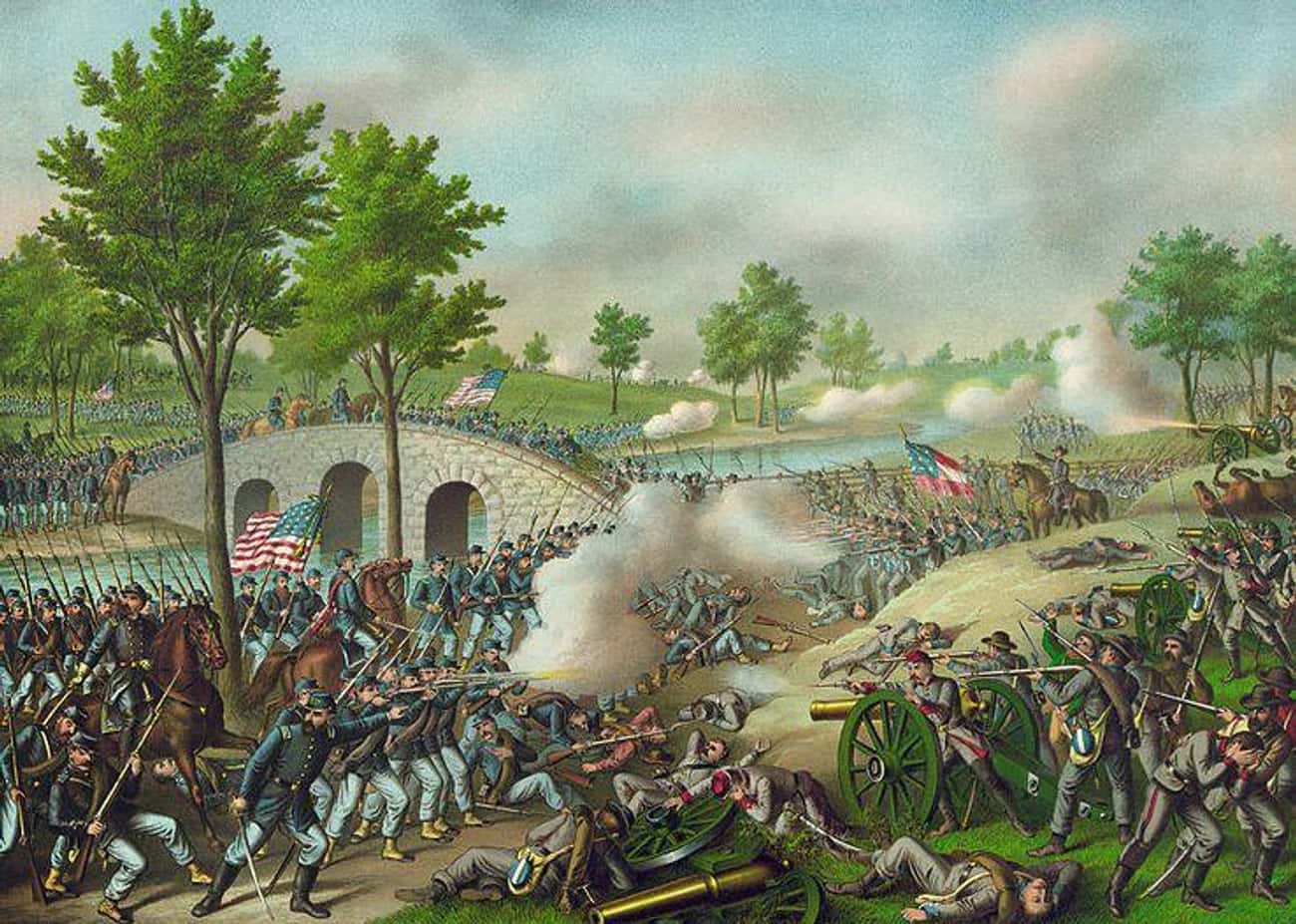
In 1862, the American Civil War was not looking good for the Union. The Battle of Bull Run had ended in a decisive Confederate victory, and the Confederate army was advancing well into Maryland. However, in September of that year, a fortuitous discovery would determine the outcome of the bloodiest battle of the war.
On that September morning, two officers of the 27th Indiana Infantry Regiment stumbled upon a piece of paper wrapped around three cigars. The gentlemen couldn’t believe their eyes when they realized they had discovered a copy of Confederate General Robert E. Lee’s plan of attack.
The battle plans revealed that Lee’s army was split into five different groups, and scattered all over. This gave Union General George McClellan the upper hand he needed to deal a blow to Lee’s forces at the Battle of Antietam. It was thanks to the Union victory at Antietam that President Abraham Lincoln then issued the Emancipation Proclamation.
A Freak Tornado Saved Washington, DC, In The War of 1812
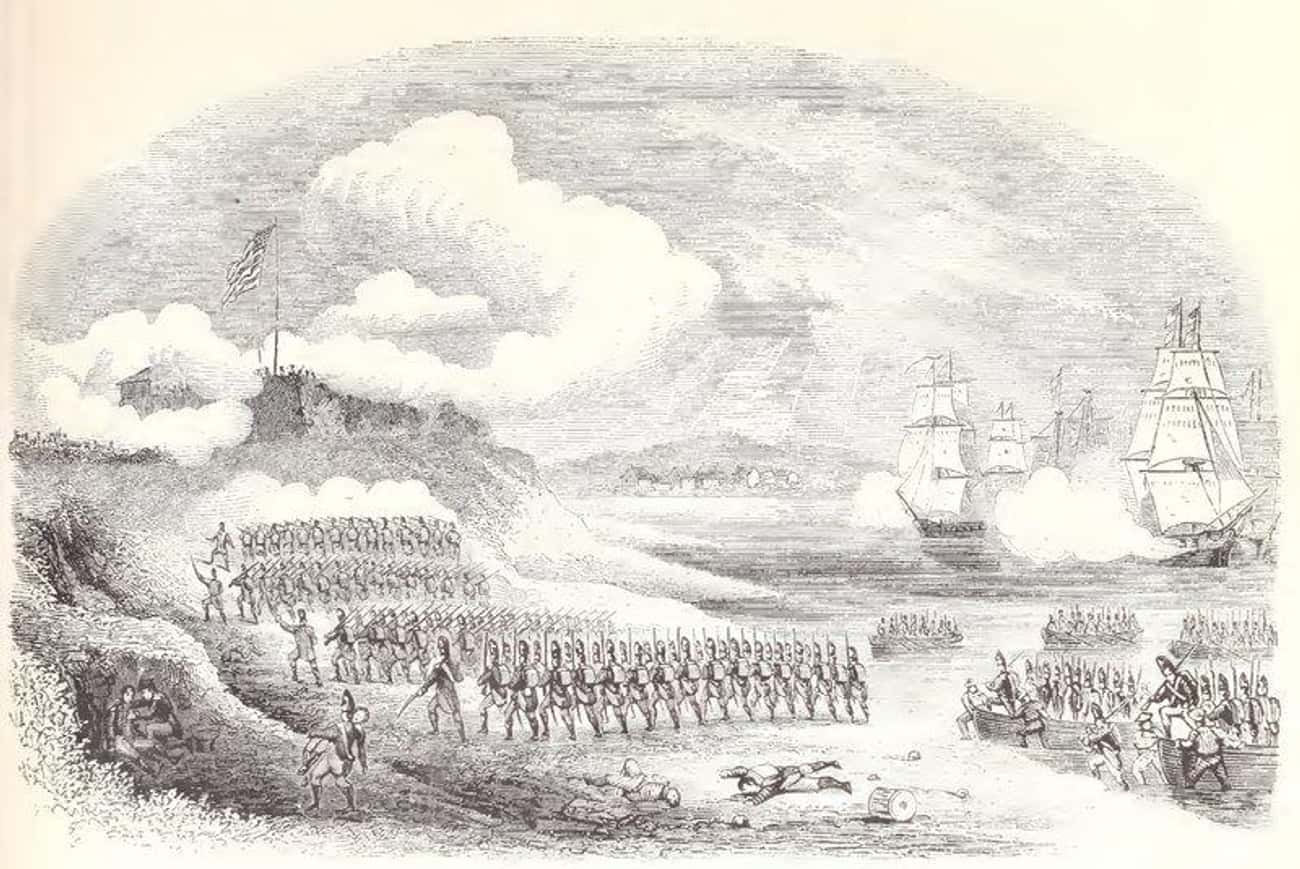
In the War of 1812, British troops marched into Washington, DC, and set the Capitol on fire. In the 100 degree-plus heat, they marched through town lighting fire after fire. What is less well-known, however, is that the damage could have been far worse had Mother Nature not intervened.
On August 25, 1814, the clouds in the blue sky became dark. Thunder and lightning rolled in. Seemingly out of nowhere, an uncharacteristic tornado touched down in the middle of the city. According to the National Weather Service:
The tornado did major structural damage to the residential section of the city. More British soldiers were killed by the tornado’s flying debris than by the guns of the American resistance.
Torrential rain blasted the city for two hours, and winds ripped roofs off houses, sending them flying into the air. While the storm did allow the British troops to sneak away amidst the chaos, it also limited the damage the troops caused and quickly extinguished the flames the British had lit.









